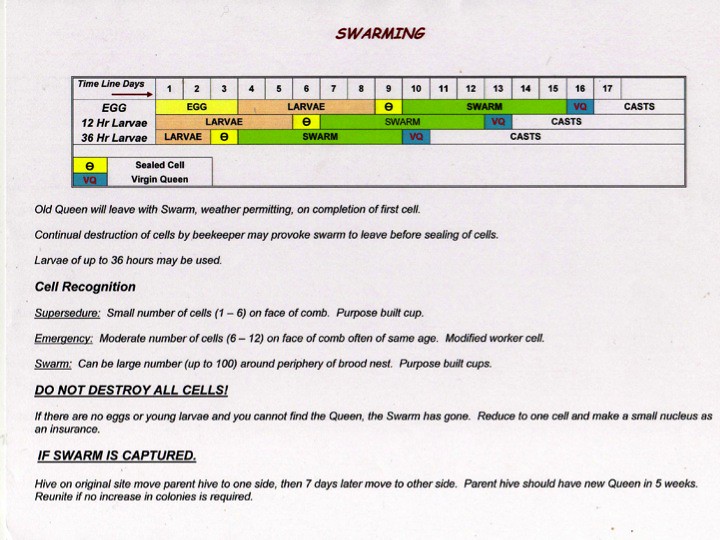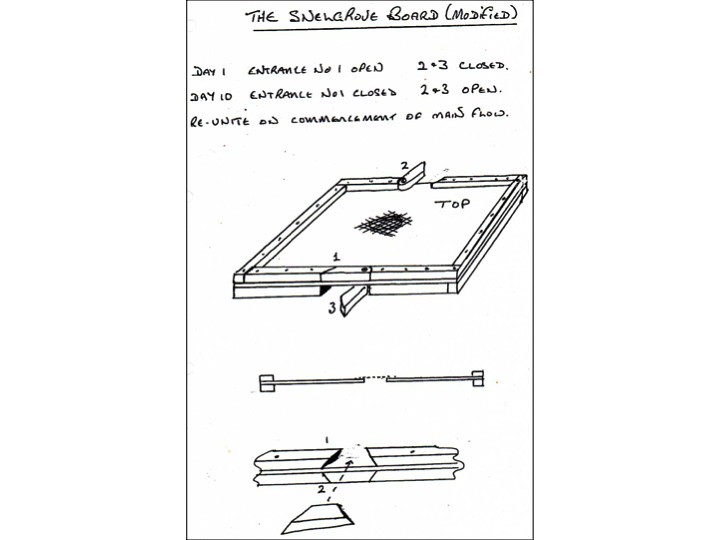Thanks Jimbo and Jon,
I'm beginning to get a better idea of what to do when - better, but not quite there yet. When I asked about using the honey boxes as a queen excluder, it did not occur to me that a new queen in the top box might want to move down to get out. I've seen your photograph with the rollers, Jon, but have never used rollers. Perhaps that's something else I should learn about this year.
Back to the split board or Snelgrove board - another question: Why do some variations have a gauze insert, and others - like Ian's - are without?
Kitta






 Reply With Quote
Reply With Quote





Bookmarks